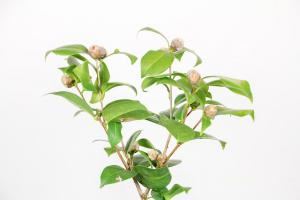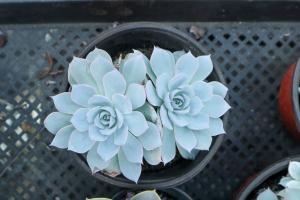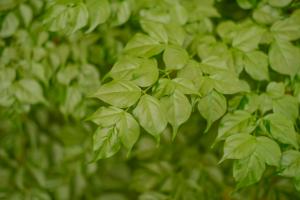Plant and Animal Cells: What is the Cell Wall?
Whether we are talking about plant cells or animal cells, one of the most distinctive features is the cell wall. But what exactly is the cell wall? In this article, we will explore the functions of the cell wall and how it differs between plant and animal cells.
The Cell Wall in Plant Cells
Plant cells are known for having a cell wall made primarily of cellulose, a complex carbohydrate that provides strength and rigidity to the cell. The cell wall serves several important functions:
Support: The cell wall provides a strong, rigid framework for the cell to maintain its shape and resist pressure from internal and external forces.
Protection: The cell wall forms a barrier that protects the cell from mechanical damage, pathogens, and other harmful agents.
Regulation: The cell wall helps to regulate the movement of water and molecules in and out of the cell.
These functions make the cell wall an essential component of plant cells. Without the cell wall, plants would not be able to stand upright or survive in the varied and often harsh environments they inhabit.
The Cell Wall in Animal Cells
While animal cells do not have a cell wall made of cellulose, they do have an extracellular matrix (ECM) that serves some similar functions:
Support: The ECM provides support and structure to the cell, helping to maintain its shape and resist pressure.
Adhesion: The ECM helps cells to stick together and form tissues.
Regulation: The ECM regulates cell behavior, including cell growth, migration, and differentiation.
The ECM also plays important roles in tissue development and repair, and in diseases such as cancer and fibrosis.
Differences Between Plant and Animal Cell Walls
While the cell wall in plant cells and the ECM in animal cells serve some similar functions, there are important differences between them:
Composition: Plant cell walls are made primarily of cellulose, while animal ECMs are composed of a variety of proteins and carbohydrates.
Structure: The cell wall in plant cells is a rigid structure that completely surrounds the cell, while the ECM in animal cells is a more flexible network that is often linked to the cell membrane.
Functions: While both provide support and regulation, the cell wall in plant cells also serves as a barrier and protects against pathogens and mechanical stresses, while the ECM in animal cells is involved in cell adhesion and cell signaling.
Understanding these differences is important for understanding the biology of plants and animals, as well as for developing new treatments for diseases that involve ECM malfunction.
Conclusion
Whether we are talking about plant cells or animal cells, the cell wall or ECM is an essential component that plays important roles in cell function and survival. While the two structures differ in composition, structure, and function, both are fundamental to our understanding of the biology of living organisms.

 how many times do yo...
how many times do yo... how many planted tre...
how many planted tre... how many pine trees ...
how many pine trees ... how many pecan trees...
how many pecan trees... how many plants comp...
how many plants comp... how many plants can ...
how many plants can ... how many plants and ...
how many plants and ... how many pepper plan...
how many pepper plan...
































